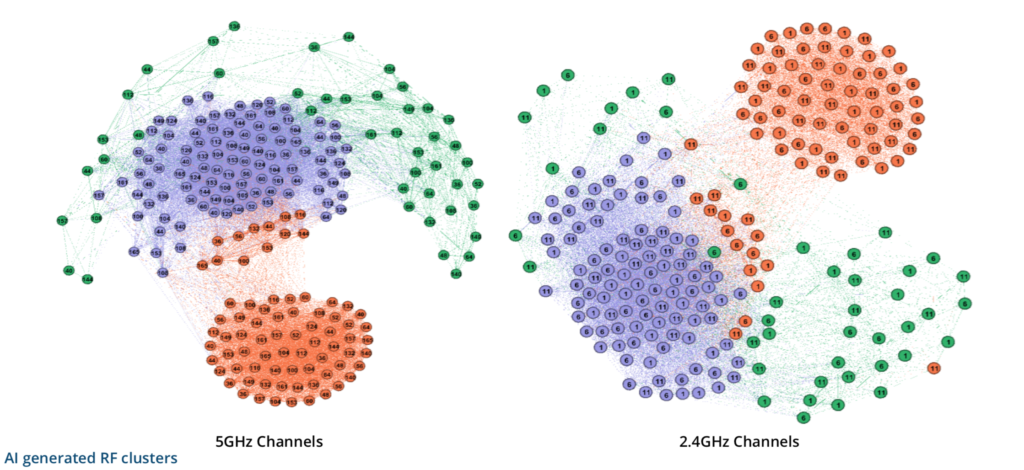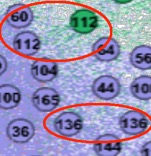I was listening to the Aruba Unplugged Podcast earlier today and came across episode #2, “Jump into the Future with AI & Machine Learning.” (You should check it out!)
As a machine learning (ML) and artificial intelligence (AI) practitioner, but also a network architect and wearing so many hats, listening to this podcast got me to thinking: What other things has Aruba been doing lately in the realms of ML and AI? Honestly, the timing could not have been more perfect, because in the first week of April alone, there have been numerous announcements on this very topic.
For the unfamiliar, there’s a really informative, yet relatively short paper (Solution Overview) that not only gives a cursory understanding of machine learning, but also applies very specific context and value in how it’s being used in this context. This context itself of course is the application of Aruba AI-powered mobility.
The overview provides a breakdown of supervised vs. unsupervised machine learning models, and for those familiar with doing everything on their own day in and day out, it really helps makes sense of things. The capabilities of static configured settings and dynamic settings are not unfamiliar to us. The use of open standards or often proprietary capabilities, especially known in the wireless industry, takes things from being a little better than static, or a little better than spot-checked dynamic (we’ve all been there, with channel prioritization or dynamic power settings) to a little further than that. With learning, this will eventually grow and improve even more.

Overcome the Frequency Overlap Problem
The figure above, taken from the solution overview, really paints a picture of one of the biggest problems we face in the very narrow and limited RF space in the 2.4 GHz and 5 GHz frequency spectrums. The challenge of finding an unused or underused channel without overlap is hard at the best of times when you completely control the spectrum. The moment you don’t control every device, it becomes infinitely more difficult.
If you’re unsure of how big a problem this frequency overlap issue is, the devil is literally in the details. When you look at the map-like mass bubble shared above, it looks all too impressive. After all, look at all the numbers and colors. And if machines help manage that to make it better, awesome!
But look down into the weeds (see the image below). Even in the best of times, you’ll get overlapping frequencies on the same network (as in 112 in purple and green) and (136 and 136 both in purple). The reality is that in a perfect world, this can cause interference, drops and major challenges to troubleshoot. In a dynamic world, this could be how it deploys to start, but then it can learn, adapt and change its frequencies to account for the constantly changing nature of RF all around us.

Now, imagine a world where devices are checking in, they are aware of what’s going on, they know what overlap exists, and they know the RF-specific parameters and data. All of this information is fed through analytics and is able to dynamically change and improve the quality of the user experience on the fly! That is just the start of some of the features enabled through Aruba NetInsight, AirMatch and ClientMatch.
Honestly, Aruba is just scratching the surface of machine learning and artificial intelligence that can be leveraged at the network and client-facing level. This first foray is exciting! Next time I may dive a little deeper into this area, around two other announcements (Aruba Simplifies IoT Adoption with ML Infusion; Aruba Simplifies Enterprise IoT Adoption with New Automated Security and Next-Gen Wireless Solutions) which excited me. So, stay tuned for that story!




